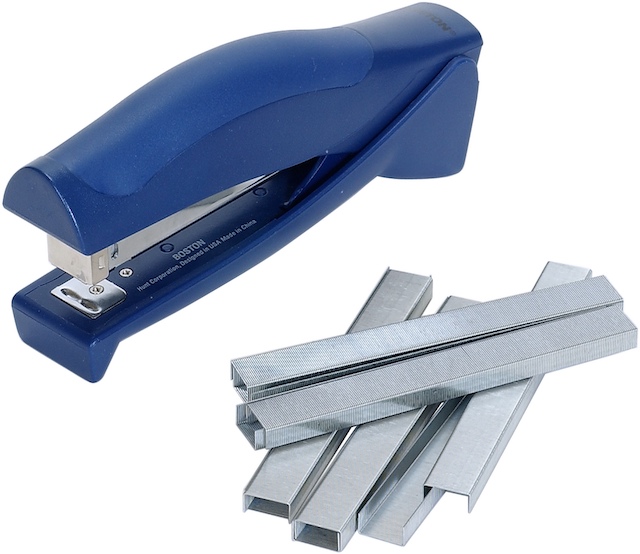Can Ringworm Tinea Capitis Be Cured?
Ringworm of the scalp, also known as tinea capitis, is a fungal infection that affects the scalp and hair shafts, causing significant discomfort and hair loss. It is a common condition, especially among children, and can lead to scaly patches, hair thinning, and intense itching. If left untreated, tinea capitis can worsen, spread to other parts of the body, and cause lasting damage to the hair follicles, sometimes leading to permanent hair loss. The question on many people’s minds is: Can tinea capitis be cured, and how long does it take for treatment to take effect?
In this article, we will explore the causes, symptoms, and treatment options for tinea capitis. We will also dive into how effective treatment is, the expected time for recovery, and tips for ensuring a full recovery. By the end, you will have a thorough understanding of this fungal infection and how to manage it successfully.
Ringworm tinea capitis
Ringworm tinea capitis, commonly referred to as scalp ringworm, is a fungal infection caused by dermatophytes, a fungi that feed on keratin found in the skin, hair, and nails. The condition primarily affects the scalp, causing patches of hair loss, scaling, redness, and itching. Tinea capitis is highly contagious and can spread through direct contact with an infected person, their personal items, or animals that carry the fungus.
The infection is most common in children, particularly those between the ages of 3 and 7, but it can affect adults as well. The severity of tinea capitis can vary, with some individuals experiencing only mild symptoms and others facing widespread scalp infections that lead to hair loss and scarring.
Symptoms of tinea capitis
Understand the symptoms of tinea capitis so that the infection can be properly diagnosed and treated. Common symptoms include:
1) Scaly, red patches: The affected area on the scalp may appear red and inflamed with scaly patches. These patches may be round or oval in shape and may start as small, localized spots.
2) Itching and irritation: The hallmark symptom of tinea capitis is intense itching in the infected area. The itching can range from mild to severe, often worsening when the infection spreads.
3) Hair loss: Tinea capitis can lead to hair loss in the affected areas, which may appear as small bald patches. The hair around the infected area may become brittle and break easily.
4) Pustules and blisters: In some cases, tinea capitis may cause the formation of pustules or blisters that can burst and leave crusty areas on the scalp.
5) Tenderness or pain: In more severe cases, the scalp may become tender to the touch, and the infection may be painful, especially if it is causing swelling or abscesses.
6) Lymph node swelling: If the infection is extensive, the lymph nodes in the neck or behind the ears may become swollen and tender.
If you notice any of these symptoms, it’s essential to seek medical advice for proper diagnosis and treatment.
Can tinea capitis be cured?
The good news is that tinea capitis can be cured with the right treatment. However, because it is a fungal infection, it requires antifungal medications to completely eradicate the fungus from the scalp. Unlike many bacterial infections that can be treated with topical ointments, tinea capitis requires systemic anti fungal medications, as the fungus typically resides deep within the hair follicles and scalp, making topical treatments insufficient.
Treatment for tinea capitis is highly effective, but the length of time it takes to clear up the infection can vary depending on the severity of the infection, the treatment method, and the individual’s immune response. It is essential to follow the treatment plan as prescribed by a healthcare provider to ensure a complete recovery and prevent the infection from recurring.
How long does it take for tinea capitis treatment to work?
The length of time required for treatment to take effect varies depending on several factors, including the type of anti fungal medication used, the severity of the infection, and how well the individual adheres to the treatment regimen.
1) Oral anti fungal medications
Treatment for tinea capitis involves oral anti fungal medications, which are prescribed by a healthcare provider. These medications are effective because they treat the infection from the inside out, targeting the fungi that are residing deep in the scalp.
-
-
-
- Common oral anti fungal medications: Some of the most commonly prescribed oral anti fungal medications for tinea capitis include:
- Griseofulvin: This has historically been the go-to treatment for tinea capitis. It works by disrupting the fungal cell wall and preventing fungal growth. Treatment usually lasts between 4 to 6 weeks.
- Terbinafine: This medication is also effective against dermatophytes and is often prescribed for a shorter duration compared to griseofulvin.
- Fluconazole and Itraconazole: These are newer antifungals that may be used in cases where other treatments have failed. Fluconazole, for example, is typically prescribed for 2 to 4 weeks, but some cases may require longer treatment.
- Effectiveness: Oral anti fungal medications are very effective in clearing tinea capitis. Within the initial week of treatment, the inflammation and itching may begin to subside, and the affected area may start to heal. However, it can take up to 4-6 weeks for the full effects to be noticeable. In some cases, a second round of treatment may be necessary for persistent infections.
- Common oral anti fungal medications: Some of the most commonly prescribed oral anti fungal medications for tinea capitis include:
-
-
2) Topical treatments
Although topical treatments, such as antifungal shampoos, may help alleviate symptoms and reduce fungal spread, they are not typically sufficient on their own to treat tinea capitis. Since the infection affects the hair follicles and deeper layers of the scalp, topical treatments cannot reach these areas effectively.
-
-
-
- Anti fungal shampoos: Shampoos containing ingredients like ketoconazole or selenium sulfide can help reduce the spread of the infection, kill surface fungi, and reduce itching and inflammation. These shampoos can be used alongside oral antifungal medications to speed up recovery. Shampoos are generally applied two to three times a week and can continue to be used after the infection clears as a preventive measure.
- Effectiveness: While anti fungal shampoos are helpful in controlling symptoms and preventing further spread, they are not a substitute for oral anti fungal treatment, especially in severe cases of tinea capitis.
-
-
3) Time to healing
-
-
-
- Initial relief: The initial signs of improvement usually appear within the first 1 to 2 weeks of treatment. Inflammation, redness, and itching typically begin to reduce, and new hair growth may start to appear.
- Full recovery: Full recovery, including the restoration of hair growth, can take anywhere from 4 to 8 weeks, depending on the severity of the infection and how well the treatment is followed. In more severe cases, or if the infection causes permanent damage to the hair follicles, hair loss may be permanent.
- Recurrence: In some cases, tinea capitis may recur, particularly if the infection was not fully treated or if the individual is exposed to the fungus again. Recurrence is more common in children, especially if they return to environments where the fungus is prevalent, such as daycare centres or schools.
-
-
Factors that affect recovery time
While the average recovery time for tinea capitis is between 4 and 6 weeks, several factors can influence how long it takes for the infection to clear up:
1) Severity of infection: Mild cases of tinea capitis may resolve more quickly than severe cases that involve large areas of the scalp or deep hair follicle involvement.
2) Medication compliance: Sticking to the prescribed treatment plan is crucial for the effectiveness of the treatment. Skipping doses or stopping treatment early can delay recovery and increase the risk of recurrence.
3) Age and immune status: Children, especially those under the age of 12, may take longer to recover compared to adults. Additionally, individuals with weakened immune systems may experience longer recovery times.
4) Type of fungus: Different strains of dermatophytes can cause tinea capitis, and some types may be more resistant to certain anti fungal medications. A healthcare provider may switch medications if the initial treatment does not work.
Preventing recurrence of tinea capitis
While tinea capitis can be cured with appropriate treatment, the infection can recur if proper precautions are not taken. Here are some tips to prevent the recurrence of tinea capitis:
1) Practice good hygiene: Wash the scalp regularly with an antifungal shampoo to prevent future infections, especially if you are prone to tinea capitis.
2) Avoid sharing personal items: Do not share combs, hats, or pillows with anyone who has a fungal infection. These items can harbor fungi and increase the risk of spreading the infection.
3) Clean and disinfect items: Regularly clean and disinfect items such as combs, brushes, and hats. Fungi can survive on surfaces for a long time.
4) Monitor close contacts: Since tinea capitis is contagious, check family members and close contacts for symptoms of scalp infections and seek prompt treatment if necessary.
In summary
Tinea capitis can indeed be cured, but it requires proper anti fungal treatment, typically in the form of oral anti fungals. Treatment generally takes 4 to 6 weeks to fully clear up the infection, with some individuals experiencing improvements within the first 1-2 weeks. It is crucial to follow the treatment plan as prescribed by a healthcare provider to ensure complete recovery and prevent recurrence. While recovery can vary depending on the severity of the infection and the individual’s response to treatment, most cases of tinea capitis can be effectively managed and cured with the right approach.
If you suspect you or a loved one has tinea capitis, consult a healthcare professional for proper diagnosis and treatment to avoid complications and ensure a full recovery.



